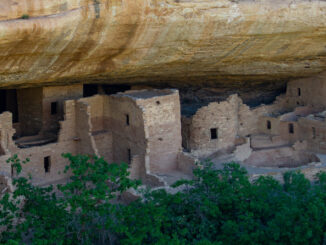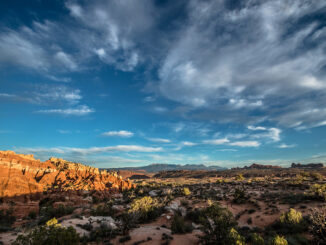
Archaeologists have uncovered fossilized footprints of animals that lived at a site in Oregon up to 50 million years ago.
John Day Fossil Beds National Monument is a public park in central Oregon famous for its well-preserved fossil plants and animals. The park comprises three separate units in Grant and Wheeler counties.
Using 3D imaging technology, scientists say they analyzed vivid and trace fossil footprints from animals left on two layers of rock. The oldest fossil footprint is believed to be about 50 million years old; the youngest is approximately 29 million years old.
“These tracks offer a rare window into ancient ecosystems,” said paleontology program manager Dr. Nicholas Famoso in a synopsis. Famoso and his team published their findings in the journal Palaeontologia Electronica.
“They add behavioral context to the body fossils we’ve collected over the years and help us better understand the climate and environmental conditions of prehistoric Oregon,” he added.
Among the fossil footprints, the team uncovered tracks left by a small shorebird about 50 to 39 million years ago. They say marks left by the birds’ beaks suggest shallow water foraging, “behavior strikingly similar to that seen in modern species.”
They also discovered the footprints of a “cat-like predator” that roamed the area at least 29 million years ago. The scientists speculate that the prints might have been left by a type of bobcat-size saber-tooth feline species driven to extinction long ago.
Other fossil prints discovered were left by an ancient species of lizard, a possible ancestral species of North American rhinoceros, and invertebrates possibly hunted by birds.
“The fossil tracks not only help us confirm the existence of these animals in this time and place, but they also tell us how they lived,” said fossil footprint specialist Conner Bennett, one of the paper’s co-authors along with Famoso and University of Tennessee Knoxville professor Daniel Hembree.
John Day Fossil Beds National Monument touts itself as boasting “one of the longest and most complete fossil records of plants and animals from the Age of Mammals and Flowering Plants.”
Park Info
Park:
John Day Fossil Beds National Monument
Location:
Oregon, USA
More information:



